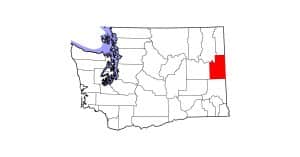Scientists, Federations Applaud FEI Whisker Shaving Ban

“The move by the FEI to ban the trimming of equine whiskers is to be applauded,” said Roly Owers, MRCVS, CEO of World Horse Welfare, in Norfolk, U.K., an international charity partnering with the FEI on welfare matters for more than 30 years. “Whiskers, or vibrissae, play an important sensory role in protecting the muzzle and eyes of the horse and, hence, removing them because it looks neat is completely unjustifiable.”
Horses appear to rely on sensory hairs for judging how close their heads are to objects, especially when they’re so close they can’t see in front of their noses, since their eyes are on the sides of their heads, said Machteld van Dierendonck, PhD, who’s associated with the Faculty of Veterinary Medicine at Utrecht University, the Netherlands.
“All vibrissae are a kind of safety measure, not only above the eye (where horses have seven vibrissae on each side, including a ‘very, very long one’ nearest the nose),” van Dierendonck said. “Because a horse is not able to ’see’ under his nose, he ‘sees’ with his vibrissae
Create a free account with TheHorse.com to view this content.
TheHorse.com is home to thousands of free articles about horse health care. In order to access some of our exclusive free content, you must be signed into TheHorse.com.
Start your free account today!
Already have an account?
and continue reading.

Written by:
Christa Lesté-Lasserre, MA
Related Articles
Stay on top of the most recent Horse Health news with












